Why Fire Safety and Insurance Are Closely Linked
Property managers often view fire safety as separate from insurance. In reality, the two are directly connected. Insurers expect evidence that a building complies with the Building Code of Australia, relevant Australian Standards, and state legislation such as the Queensland Building Fire Safety Regulation.
If a fire occurs and your property is found to be non-compliant, insurers may reduce or deny claims altogether. Compliance protects more than people — it also protects the financial resilience of your building.

How Insurers View Fire Safety Compliance
Insurance companies review compliance documentation as closely as they review incident reports. They want proof that systems were in place and tested, staff were trained, and records were accurate.
Key factors insurers consider:
- Occupier’s statement confirming essential safety measures are maintained
- Testing and maintenance logs for fire protection systems
- Fire evacuation plans and diagrams that match the building’s layout
- Special needs register ensuring vulnerable occupants were considered
- Records of fire warden training and evacuation training for staff
If these records are missing or outdated, insurers may argue that risks were not properly managed — leaving property managers liable for losses.

Common Reasons Insurance Claims Are Denied
Outdated or missing occupier’s statement
Insurers view this as failure to meet legal obligations
Incomplete maintenance records
Suggests fire systems may not have been functional during the incident
Evacuation diagrams not current
Indicates occupants may not have had clear exit routes
Special needs register not updated
Seen as negligence in providing duty of care
Lack of staff training records
Suggests evacuation procedures could not be properly carried out
The Cost of Non-Compliance
The financial consequences of non-compliance extend beyond denied claims. Property managers may also face:
- Regulatory penalties and fines for failing to maintain essential safety measures
- Increased insurance premiums after an incident linked to poor compliance
- Legal liability if negligence can be proven in court
- Reputational damage that impacts tenant relationships and property value
Compliance is not just about avoiding penalties — it is about proving to insurers, regulators, and tenants that fire safety is actively managed.

How Fire Auditors Safeguard Insurance Coverage
At Fire Auditors, we help property managers close compliance gaps that insurers and regulators scrutinise. Our audit process includes:
- Reviewing and verifying the occupier’s statement
- Ensuring fire evacuation plans and diagrams are accurate
- Confirming the special needs register is current
- Assessing staff readiness through fire warden training and evacuation training
- Providing an audit report that can be presented directly to insurers as proof of compliance

Fire safety compliance protects more than lives — it protects the financial future of your building. Insurers require evidence that essential safety measures are maintained, and without it, claims may be denied when you need them most.
Protect your coverage and your building: Schedule your fire safety audit with Fire Auditors. Our licensed team ensures your property is compliant, insurable, and prepared.

